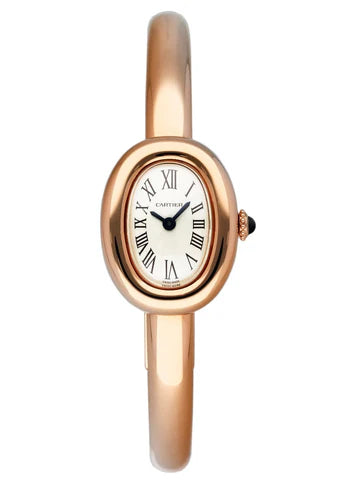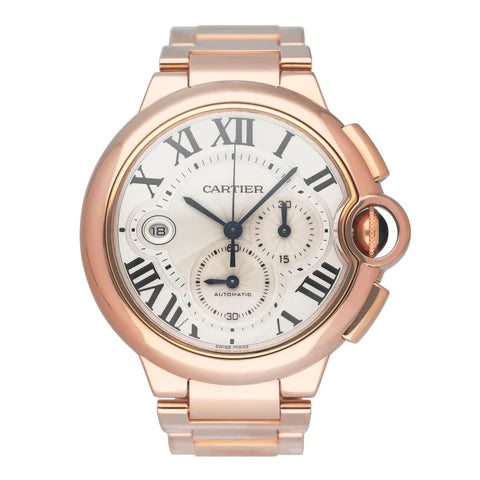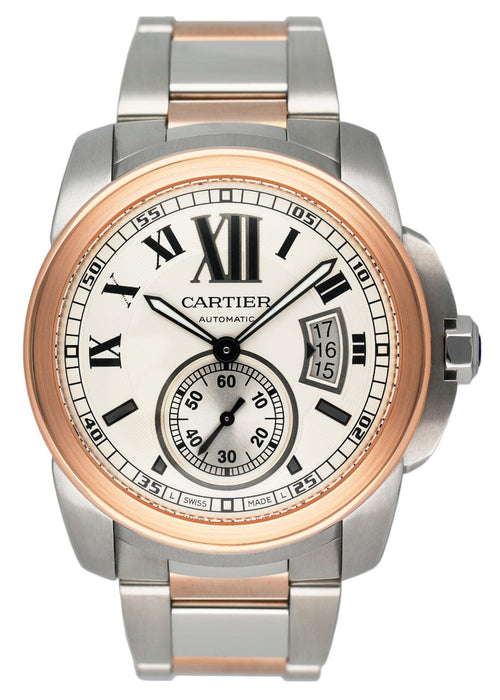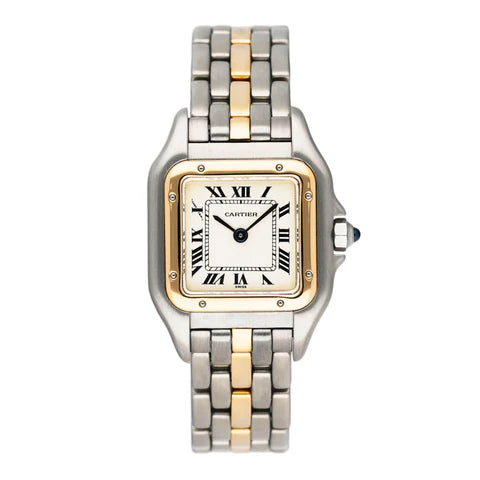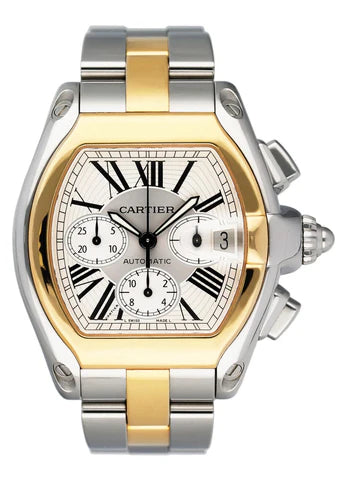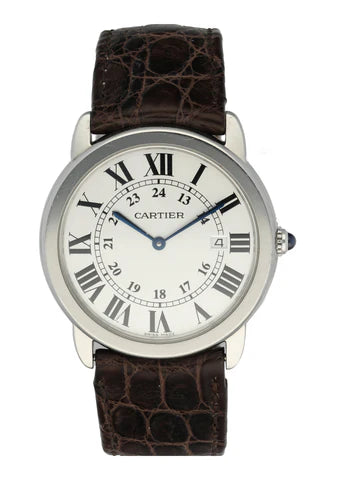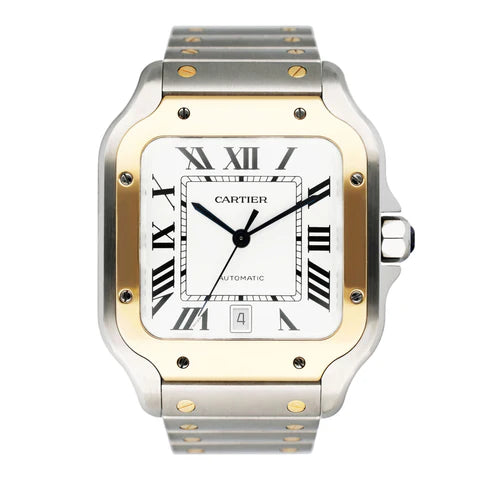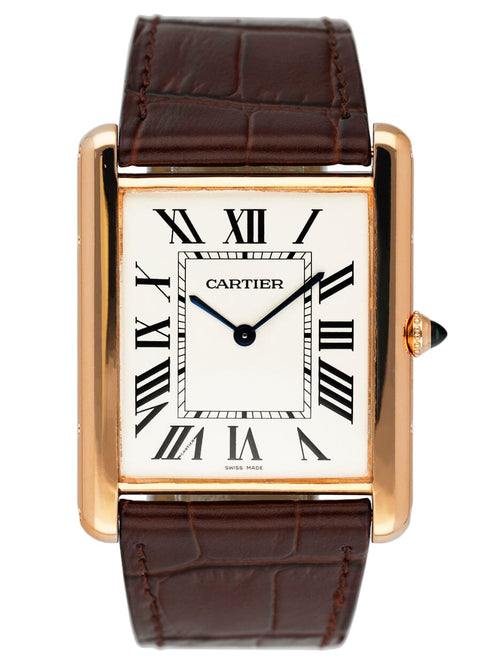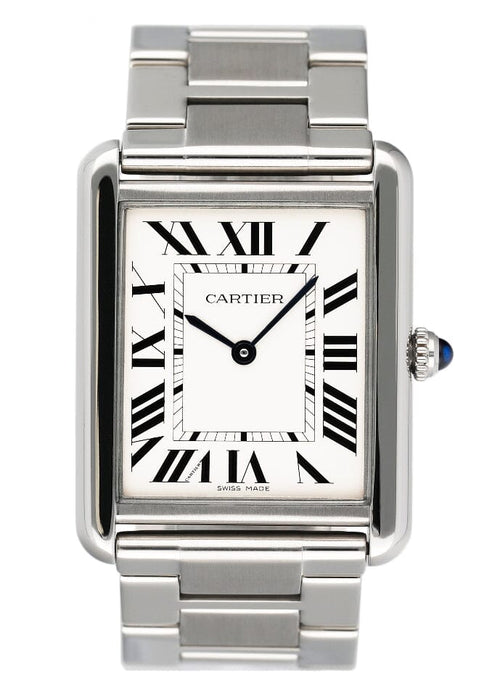Cartier FAQs
What are the most popular Cartier models?
Cartier offers a range of popular watch models, with the Cartier Tank standing out as the brand’s most iconic and recognizable timepiece. Other notable models include the Panthère, Santos, Ballon Bleu, Calibre, and Pasha, each celebrated for its distinctive design and craftsmanship.
Do I need to have my watch regularly polished?
Polishing can help reduce or remove scratches on gold or steel watch surfaces. However, because it involves removing a thin layer of metal, we recommend limiting this service to no more than twice over the lifetime of a white gold watch, and no more than three times for a yellow gold piece.
Why do I need to have my watch serviced regularly?
a. Regular maintenance of your watch movement is essential to ensure its optimal performance. Over time, changes in the viscosity of the oil inside the movement can cause it to dry out, leading to increased friction. This friction can disrupt the precision of the watch, causing it to run too fast, too slow, or even stop completely.
b. If you notice that your watch is running noticeably fast or slow, it may be time for servicing. Additionally, if your watch has not been worn for several months, it may take a few days of wear to regain its full accuracy.
What is a magnetic field and how can it harm my watch?
a. We are surrounded by invisible magnetic fields, which are primarily generated by magnets, loudspeakers, mobile phones, smart phones, magnetic closures for refrigerators or cabinets, and magnetic clasps on handbags. While a magnetic field may cause a quartz watch to lose a few seconds, it will regain its normal functioning once removed from the field. However, magnetism can interfere with the movement of a mechanical watch, disrupting its ability to function properly.
b. To check if your mechanical watch is magnetized, place it near a compass. If the compass needle spins, the watch is magnetized and should be serviced.
What is the accuracy difference between a quartz movement and a mechanical movement?
a. Quartz watches are powered by a battery and rely on a quartz crystal as the timekeeping element, which means their accuracy remains consistent regardless of the watch's position. In contrast, mechanical watches are powered by a wound-up spring. If your mechanical watch requires manual winding, you will need to turn the crown to wind the spring. Automatic (self winding) mechanical watches also use a spring, but the winding is driven by the motion of your wrist, which causes an oscillating rotor to store energy.
b. If you are not very active or do not wear your watch regularly, the spring may not be wound enough for proper operation. Whether manual or automatic, mechanical watches may run slightly fast or slow depending on your wearing habits.
How can I check that my watch is stillwater-resistant?
a. The water resistance of your watch is maintained by a system of seals that are constantly under pressure and subject to natural wear over time. Regular checks of your watch’s water resistance are essential to ensure its effectiveness and to replace the seals if needed.
b. Under normal wearing conditions, we recommend replacing the water resistance seals approximately every two years, which aligns with the typical battery replacement cycle for quartz watches.
c. If your watch is frequently exposed to active movement or water contact, we advise having the seals checked annually for optimal performance.
Will my Cartier appreciate over time?
The potential for a Cartier watch to appreciate in value over time depends on several key factors, including the specific model, its rarity, and overall market demand. Certain timepieces—particularly vintage or limited-edition models—have become highly desirable among collectors and may increase in value. Therefore, it's essential for prospective investors to conduct careful and thorough research before making any purchase decisions.
